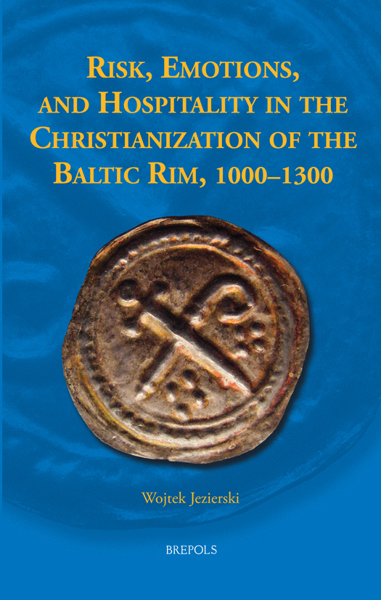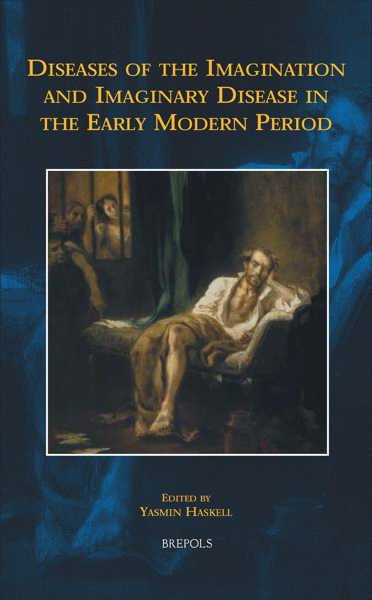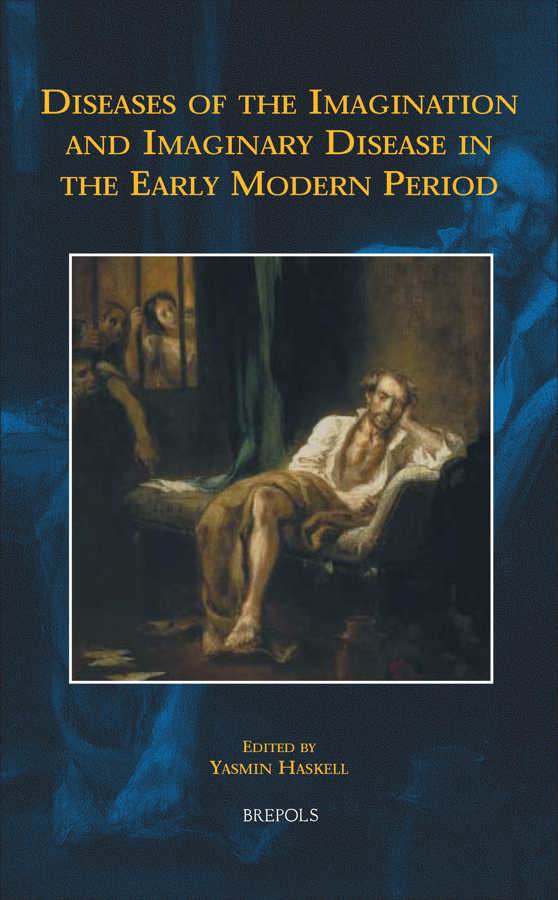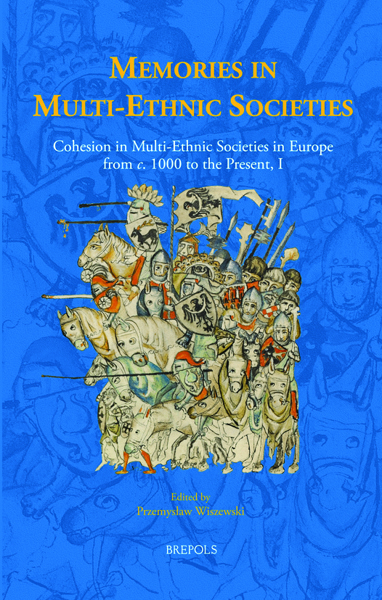
Diseases of the Imagination and Imaginary Disease in the Early Modern Period
Yasmin Haskell (ed)
- Pages: xxvi + 424 p.
- Size:156 x 234 mm
- Illustrations:10 b/w, 1 tables b/w.
- Language(s):English
- Publication Year:2012
- € 115,00 EXCL. VAT RETAIL PRICE
- ISBN: 978-2-503-52796-3
- Hardback
- Available
- € 115,00 EXCL. VAT RETAIL PRICE
- ISBN: 978-2-503-55782-3
- E-book
- Available
"Books of collected essays are at their best when they allow readers to enter into the conversation of specialists and see how they develop both broad themes and specific issues. Diseases of the Imagination and Imaginary Disease in the Early Modern Period brings together excellent essays on a long list of diseases, including madness, melancholy, possession, hypochondria, lycanthropy, vampirism, and fatigue. [...]Because of this diversity, the book has something for those interested in emotion, magic, witchcraft, and medical practice. And the essays often cross the boundaries of these topics in useful ways." (Nicole Archambeau, in: The Medieval Review, 12.10.16)
"(…) il volume non è solo un’opera di riferimento per lo storico della medicina o delle idee, ma viene incontro alle più recenti tendenze nel campo della medicina e della psichiatria intese a rivalutare la portata psicosomatica dell’immaginazione." (Anna Corrias, in: Bruniana & Campanelliana, XIX, 1, 2013, p. 275-277)
"The book is clearly of use to contemporary psychiatrists and neurophysicians as well as to cultural theorists, literary and intellectual histoirans, and students of emotions." (Lesley J. Pattinson, in: Sixteenth Century Journal, Vol. XLIV/2, Summer 2013, p. 477-479)
"Los estudiantes, investigadores y académicos de la temprana edad moderna, en las líneas del campo "psi", como así también los historiadores y teóricos de la cultura que analicen estos textos, aprovecharán los aportes aquí trabajados atravesando su propia experiencia imaginativa." (María Eugenia González, in: Eä Journal, Vol. 5, N° 2, Nov. 2013, p. 6)
The early modern period was arguably the greatest ‘age of the imagination’ in Europe, and certainly the period in which the powers attributed to that faculty had the greatest consequences – both in theory and in ordinary people’s lives. Theologians and physicians debated the reality of witchcraft (no simple battle between Religion and Science, as believers and doubters could be found on both sides); the existence and pathology of werewolves and vampires; the role of the imagination in influencing the unborn child and in causing disease even in remote others. The imagination was implicated in conditions from plague, lovesickness, and anger through to hysteric and hypochondriac disease – the latter a frightening syndrome of gastric, respiratory, cardiac, and psychiatric problems believed to be epidemic. The essays in this volume, by established and emerging scholars from diverse intellectual and cultural traditions, explore Latin and vernacular, philosophical, medical, poetic, dramatic, epistolary, and juridical sources to expose the tangled conceptual roots of our modern affective, anxiety and somatoform disorders. They confirm that controversies about ‘mad’ versus ‘bad’, ‘real’ versus ‘psychosomatic’ complaints, and the interdependence of perception, emotion, and physical illness are by no means a monopoly of our times.
Preface, by German Berrios
List of Illustrations
Introduction: When is a Disease not a Disease? Seeming and Suffering in Early Modern Europe — YASMIN HASKELL
Coping with Inner and Outer Demons: Marsilio Ficino’s Theory of the Imagination — GUIDO GIGLIONI
Melancholy, Imagination, and Dreaming in Renaissance Learning — ANGUS GOWLAND
Witches, the Possessed, and the Diseases of the Imagination — DONALD BEECHER
The Melancholic Nun in Late Renaissance Italy — SHARON T. STROCCHIA
Afflicted Children: Supernatural Illness, Fear, and Anxiety in Early Modern England — JUDITH BONZOL
Beyond Allegory: The Meanings of Madness in Early Modern Spain — DALE SHUGER
Tasso’s Melancholy and its Treatment: A Patient’s Uneasy Relationship with Medicine and Physicians — MONICA CALABRITTO
Masquerades with the Dead: The Laughing Democritus in an Observatio on Melancholy by Pieter van Foreest — THOMAS RÜTTEN
‘Lightning strikes, wherever ire dwells with power’: Johan Wier on Anger as an Illness — HANS DE WAARDT
The Anatomy of Hypochondria: Malachias Geiger’s Microcosmus hypochondriacus (Munich, 1652) — YASMIN HASKELL
Lycanthropy in Early Modern England: The Case of John Webster’s The Duchess of Malfi — BRETT D. HIRSCH
Vampires as Creatures of the Imagination: Theories of Body, Soul, and Imagination in Early Modern Vampire Tracts (1659–1755) — KOEN VERMEIR
‘[W]hat fatigues we fine ladies are fated to endure’: Sociosomatic Hysteria as a Female ‘English Malady’ — HEATHER MEEK
Envoi: The Afterlife of Maladies Imaginaires — GEORGE S. ROUSSEAU
Index




